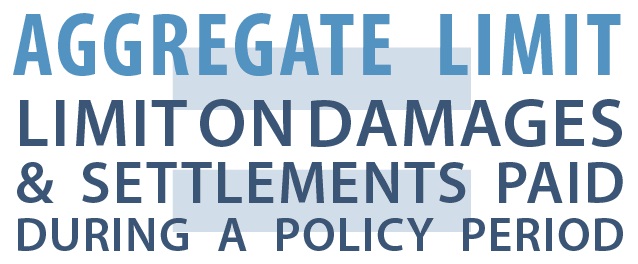SOMETIMES, IT’S WHAT YOU DON’T DO THAT CAN HURT YOU!
Errors and Omissions (E&O) Liability insurance – also known as Professional Liability insurance – covers claims that arise from negligent acts or a failure to provide the level of advice or service that was expected.
The word “professional” is often associated with lawyers, bankers, physicians, and others who require extensive education to perform their duties, but you don’t need to be a doctor or lawyer to have a Professional Liability exposure. Virtually any business that performs a service or provides advice to others in exchange for a fee can be sued for failing to fulfill its professional obligations.
Let us be your risk-defense solution by sharing some info about E&O coverage.
If you’re a “traditional professional,” like a physician or attorney, you can obtain E&O coverage under a policy form specific to your profession. If you’re a “non-traditional professional,” like a consultant or real-estate broker, your coverage may be written on a non-specific policy form called a Miscellaneous Professional Liability policy. There’s no “one-size-fits-all” E&O protection, so policy forms can vary considerably, however, there are a lot of features that E&O coverages have in common.

TYPES OF POLICIES
Most E&O policies are “Claims-Made,” which means they limit coverage to actual claims filed during the policy period, regardless of when the act triggering the claim took place. Conversely, an “Occurrence policy” will respond to claims that come in even after the policy has been canceled – as long as the incident occurred during the period in which coverage was in force. “Claims-Made and Reported” policies provide coverage for claims only when BOTH the alleged incident AND the resulting claim happen during the period the policy is in force.
Many E&O policies specify a “retroactive date” in the declarations. If a retroactive date is listed, then the policy will cover a claim only if it results from an act, error, or omission that occurred on or after that date. The retroactive date should remain the same each time the policy is renewed.
LEGAL DEFENSE
One of the most important coverages included in an E&O policy is “defense coverage,” which pays for your incurred legal fees (up to a specified limit) if your company is sued. Depending on the specific policy terms, defense costs may — or may not – be deducted from the dollar limit of your policy. (For example if you have a $1 million policy, any reimbursement for legal fees would come from that $1 million maximum.) The cost of defending claims can be substantial, so be sure to choose a policy that covers defense beyond the limits of the policy itself.
INSURING AGREEMENT
E&O coverage is summarized in the policy’s “insuring agreement.” This clause is a statement outlining what the insurance carrier promises to do in exchange for the premium. It typically begins with the words, “We will pay.” If it contains the phrase, “pay on behalf,” it means your insurer will pay damages or settlement costs upfront rather than reimbursing you. The agreement’s description of covered services is important, because it determines the types of activities for which you’re covered. Be sure your policy’s description accurately reflects the service(s) you provide.

COMMON EXCLUSIONS
Some things that E&O policies generally do not cover include (but are not limited to):
- Punitive damages (compensation for injury caused by a faulty product, negligence, libel, or a breach of contract, in order to punish a wrongdoer and to deter others from operating in a similar manner)
- Dishonest, fraudulent, or criminal acts committed by the insured
- Wrongful acts that were known before the policy inception date
- Wrongful acts or claims reported under a previous policy
- Bodily injury or property damage
- Fee disputes
- Profits gained illegally
- Failure to maintain insurance
LIMITS AND RETENTION
Most E&O policies limit what the insurance company will pay for damages or settlements on each claim. Policies can also contain an “aggregate” limit on the damages or settlements paid on all claims combined. These limits can include defense costs as well, so be aware.
Some E&O policies also include a type of deductible known as a “retention,” which is the amount you must pay out of pocket for each claim before your insurance kicks in.
